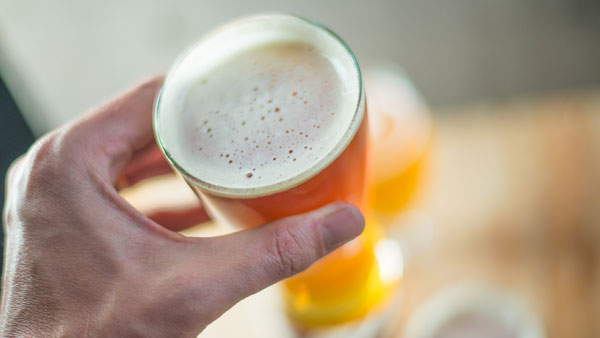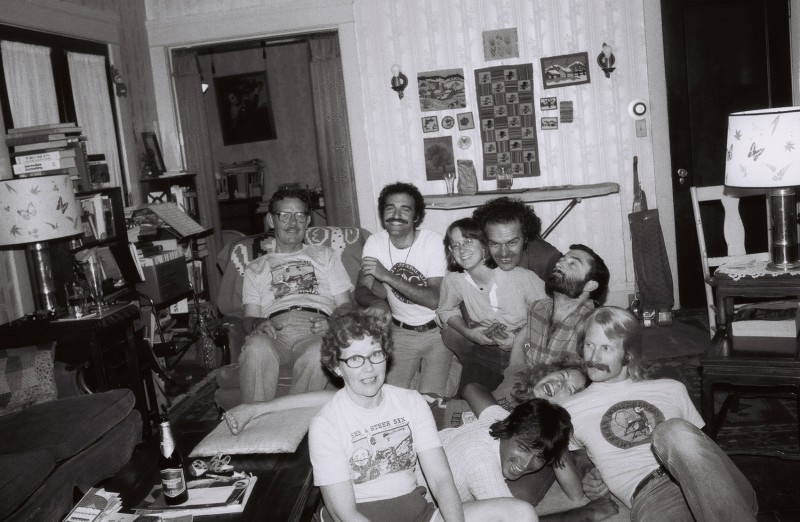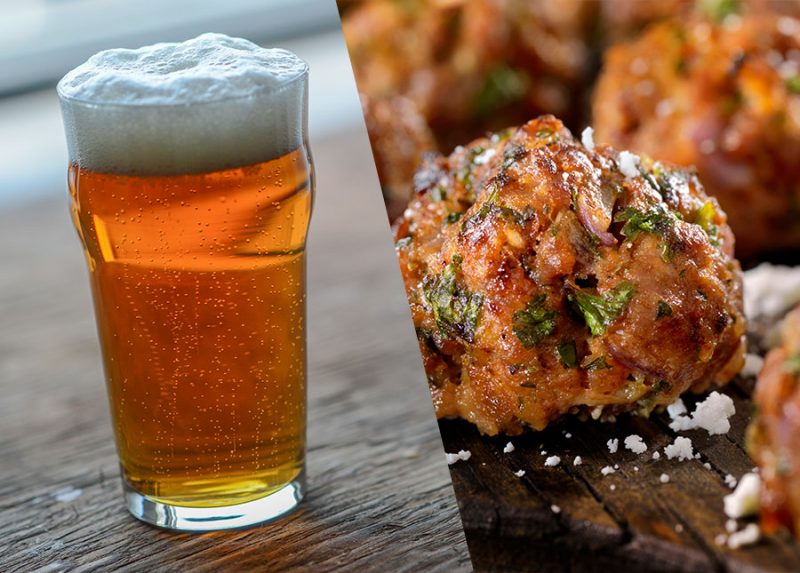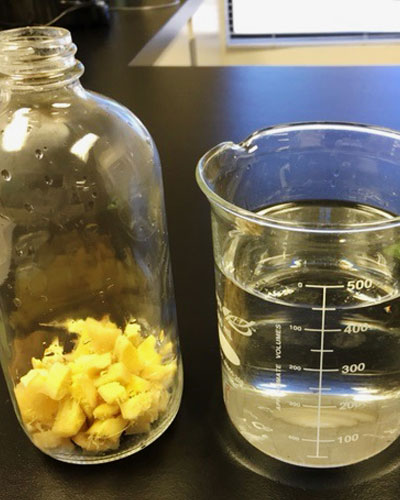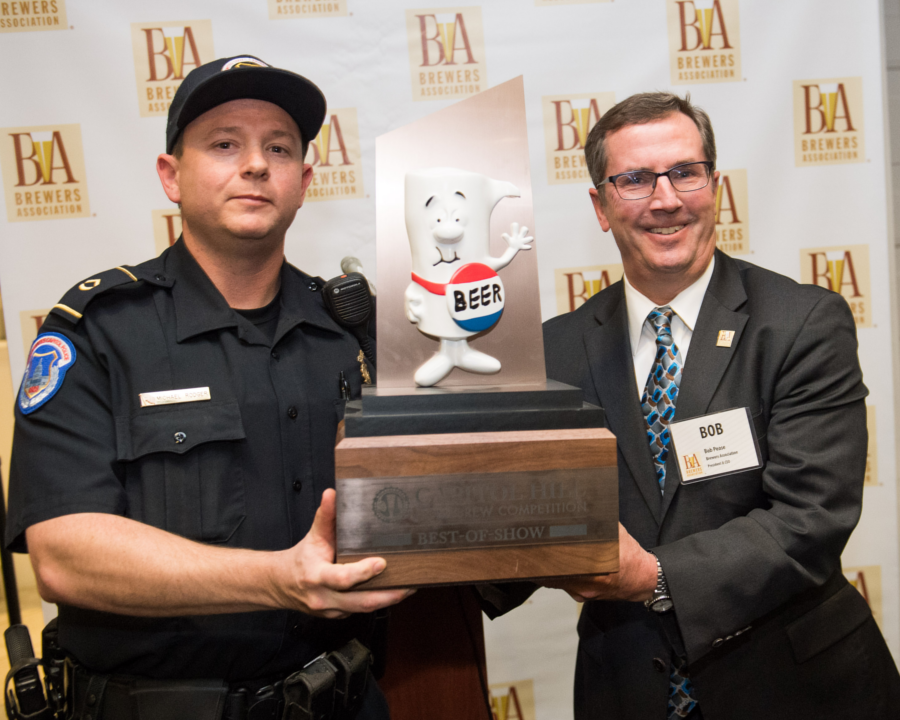
On December 12, 2017, a remarkable event took place in our nation’s capital when Republicans and Democrats united over something we all love: homebrew and independent beer.
Although it may seem as though Republicans and Democrats are as divided as ever these days, great beer receives bipartisan support. On December 12, 2017, lawmakers from both sides of the aisle attended the Brewers Association’s (BA’s) annual holiday tasting on Capitol Hill to unite and celebrate homebrewing and independent beer in our country.
The event was open to staff and members of Congress and continues to be a great way to promote the efforts and missions of the American Homebrewers Association (AHA) and BA. This year had a little twist on the event by including the second annual Capitol Hill Staff Homebrew Competition awards ceremony, an event that promotes homebrewing in the House and Senate. This year we had 15 entries and opened the event to all Capitol Hill staff. AHA competition coordinator John Moorhead spoke about the competition, the AHA, and the symbiotic relationship between homebrewing and a growing beer industry.
Bob Pease, the Brewers Association’s president and CEO, presented the awards, which included first, second, and third place in two categories, a best-of-show award, and a House vs. Senate award for the staffer who had the highest score between the two legislative chambers. We also had an AHA booth where beer from all the entrants in the competition was poured so fellow Hill staffers could sample their beer during the event. The list of winners is below.
Competition Results
Best of Show Award: Michael Rodger, Capitol Hill Police (recipe below)
House vs. Senate Homebrew Award (highest scored entry): Trevor Reuschel, Office of Congresswoman Bustos (D-Il)
Category 1: American & British Beer
- 1st Place: Trevor Reuschel with co-brewers Chris Fitzgerald and James Robertson, Office of Congresswoman Cheri Bustos (D-Il), American IPA
- 2nd Place: Gray Maxwell, Office of Senator Benjamin Cardin (Md.), British Brown Ale
- 3rd Place: Perry Yates with co-brewer Jared Eichhorn (cloakroom), Office of House Appropriations, American Pale Ale
Category 2: Belgian, Spice, Smoked & Wood Ales
- 1st Place: Michael Rodger, Capitol Hill Police, Sweet Stout with chocolate, peppers and spices
- 2nd Place: Claudia Urrabazo with co-brewer Yuri Beckelman, Office of Representative Steny H. Hoyer (D-Md), Saison
- 3rd Place: Eric Lausten, Office of Congressman Dan Lipinski (D-Il), Belgian Blond Ale
Additional details on the competition can be found in the official press release on BrewersAssociation.org, and photos from the ceremony—which are you are welcome to share with credit to the AHA—can be found here. We are happy to answer any questions!
Winning Recipe: Spiced Out Stout (Sweet Stout with Spices)
This recipe earned Capitol Hill Officer Michael Rodger Best of Show in the 2nd annual Capitol Hill Staff Competition.
Ingredients for 5 gal. (19 L)
- 8 lb. (3.63 kg) 2-row pale malt
- 4 lb. (1.81 kg) Maris Otter pale malt
- 1 lb. (0.45 kg) crystal 60 malt
- 8 oz. (227 g) black patent malt
- 8 oz. (227 g) brown malt
- 8 oz. (227 g) chocolate malt
- 8 oz. (227 g) flaked oats
- 2 oz. (56 g) Challenger hops, 7.5% a.a. (10 min)
- 1 oz. (28 g) East Kent Goldings, 5% a.a. (10 min)
- 1 pkg. White Labs WLP007 Dry English Ale Yeast
- 0.28 oz. (8 g) cinnamon stick (secondary fermentation after 7 days)
Statistics:
- OG: 1.083
- IBU: 46
- Color: 35 SRM
- ABV: 9.1%
- 60 minute boil and 60 minute mash
Directions:
Conduct a mash in the range of 150-153° F (65-67° C)
Forced carbonation at 2.3 vol. of CO2
The post AHA Issues Awards in the 2nd Annual Capitol Hill Staff Competition in D.C. appeared first on American Homebrewers Association.
![]()







